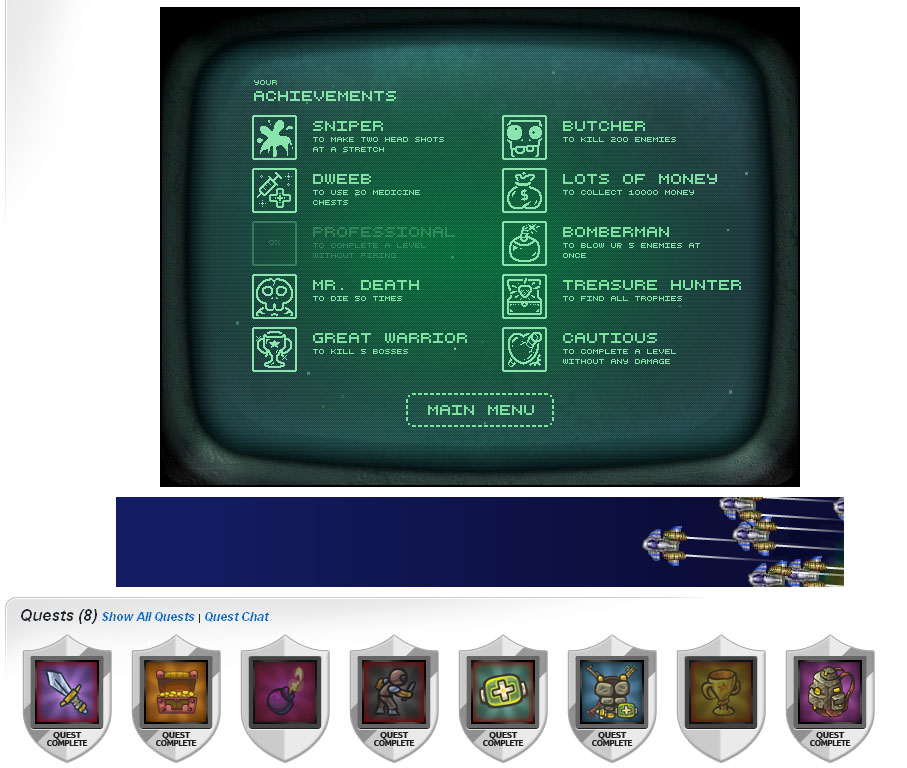

But then King Cyrus II, who later on became known as Cyrus the Great, came into power and unified the entire Persian kingdom before going on to conquer ancient Babylon. From the southern parts of Egypt to parts of Greece and east to parts of India, the Persian Empire was known for its military strength and wise rulers.īefore they created such a vast empire in the space of just 200 years, before 550 BC, Persia (or Persis as it was called back then) was divided into factions among a number of leaders. Though only in power for a little over 200 years, the Persians conquered lands that covered over two million square miles. There was a time when the ancient Persian civilization was, in fact, the most powerful empire in the world. Original Location: Egypt in the west to Turkey in the north, and through Mesopotamia to the Indus river in the east Top 10 Important Events in the History of Ancient Roman (BC).Top 10 Religious Practices in Ancient Rome.In the end, the Roman Empire was overrun by millions of barbarians from the north and east of Europe. But eventually, the empire became so vast that it was simply not possible to bring it under single rule. Rome also saw the rise and fall of some of the greatest emperors in human history, like Julius Caesar, Trajan, and Augustus. From this point, Rome was referred to as the Roman Republic. They introduced a council known as the Senate which ruled over them. At the height of its power, the Roman Empire ruled over a huge chunk of land, and all the present-day Mediterranean countries were part of ancient Rome.Įarly Rome was governed by kings, but after only seven of them had ruled, the people took control over their own city and ruled themselves.

Even the story behind the foundation of ancient Rome is the stuff of legend and myth. Roman civilization emerged around the sixth century BC. Major Highlights: Most powerful ancient civilization This led to a huge battle between the Incas and the Spanish conquistadors and the native allies they had assembled led by the famous (or rather infamous) Hernan Cortes in 1521.Ī defeat in this decisive battle eventually led to the fall of the once-famous Aztec Empire. In the early 1500s, the Aztec civilization was indeed at the height of its power. Local governments remained in place and were forced to pay varying amounts of tribute to the Triple Alliance. The city of Tenochtitlan was the military power base and became a spearhead for the conquest of new territory, but the Aztec emperor didn’t rule every city or region directly. The rise of the Aztecs was within a century of the fall of another influential civilization in Mexico and Central America – the Mayans. Back then, the people preferred the name Mexica to Aztecs. Around the 1200s and early 1300s, the people in present-day Mexico lived in three big rival cities – Tenochtitlan, Texcoco, and Tlacopan.Īround 1325, these rivals created an alliance and the new state came to dominate the Valley of Mexico. The Aztecs came on to the scene pretty much around the time when the Incas were emerging as powerful contenders in South America.


Major Highlights: Nahuatl became the major language Original Location: Southcentral region of pre-Columbian Mexico This led to a significant rise in the power of the Incas who went on to become great builders, constructing fortresses and sites like Machu Picchu and the city of Cusco that still stand to this day. When the king died, his son would get all the power, but his wealth would be distributed among his other relatives, who in return would preserve his mummy and maintain his political influence. He continued to expand the tradition of ancestor worship. The first Incan emperor, Pachacuti, transformed the capital from a modest village into a great city laid out in the shape of a puma. The Incas were devout followers of the sun god Inti, and their king was referred to as “Sapa Inca” meaning the child of the sun. The Incan civilization was a well-established and flourishing society. This civilization flourished in the areas of present-day Ecuador, Peru, and Chile and had its administrative, military, and political center at Cusco which lies in modern-day Peru. The Incan Empire was the largest empire in South America in the pre-Columbian era.


 0 kommentar(er)
0 kommentar(er)
